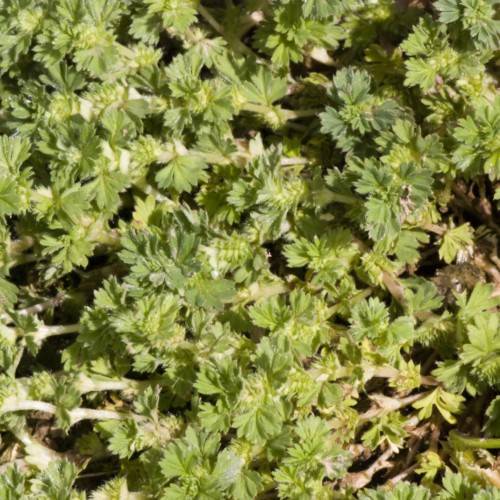
Western Lady's Mantle
Aphanes occidentalis
Watering:
Average
Hardiness Zone:
Sun:
full sun,part shade
Leaf:
Yes
Growth Rate:
High
Drought Tolerant:
Yes
Salt Tolerant:
Yes
Invasive:
Yes
Care Level:
High
watering
Dense Silky Bentgrass (Apera interrupta) should typically be watered once or twice per week during the growing season. Water should be applied until the soil is moist, but not soggy, about 2-3 inches (5-7 cm) deep. Water early in the day so that it can be absorbed by the soil and the plant can use it during the day and it will dry out by nighttime. During hot and dry weather, you may need to increase the frequency of watering. Additionally, during the hot summer months, you may want to switch to more frequent, lighter waterings to airate the soil and prevent it from drying out too quickly.
sunlight
Dense Silky Bentgrass (Apera interrupta) enjoys full sunlight. This means that it should receive at least 8 to 10 hours of full sunlight each day during the growing season, from early spring until fall. During the hotter parts of summer, partial shade for parts of the day can be beneficial. During the winter months, it should receive at least 4 hours of sunlight each day.
pruning
Dense Silky Bentgrass (Apera interrupta) should be pruned twice a year shortly after the spring and fall growing season. Begin pruning in the late spring around May or June, once the grass has actively grown and produced new blades. Prune to a height of 2-3 inches (5-8 cm), removing any thatch, old leaves, dead and diseased blades, and any that have grown beyond this height. In the fall, prune again, making sure to remove any debris that has accumulated over the summer season. For optimal growth, aim to keep the grass to a maximum of 4-5 inches (10-12 cm). Pruning can be done with a pair of hand pruners, or a machine such as a thatching rake or grass trimmer.
